More flattering fitting room lighting is possible and it’s one of the most important factors for a retail clothing store’s success. Consumer research shows that once a customer enters a dressing room, the likelihood of a sale increases by ten to 67 percent.[1]
Lighting can transform the way people and clothing look. Color, shadows and overall illumination can alter the appearance of garments. The comfort and mood of dressing room lighting also affect consumers directly.
Table of contents
- Challenges in dressing room lighting
- The effects of bad fitting room lights
- Seven dressing room lighting rules
- Rule 1: Overhead lighting is ineffective
- Rule 2: Fluorescent lighting is jarring and unflattering
- Rule 3: Fluorescent overhead lighting is jarring, ineffective and unflattering
- Rule 4: Opt for lighting that’s true-to-color with improved color rendering and a hint of warmth
- Rule 5: Linear LED fixtures mounted beside the mirror highlight the face
- Rule 6: Provide the right amount of light
- Rule 7: Properly place downlights
Challenges in dressing room lighting
First, it’s important to consider the relationship between lighting and mirrors.
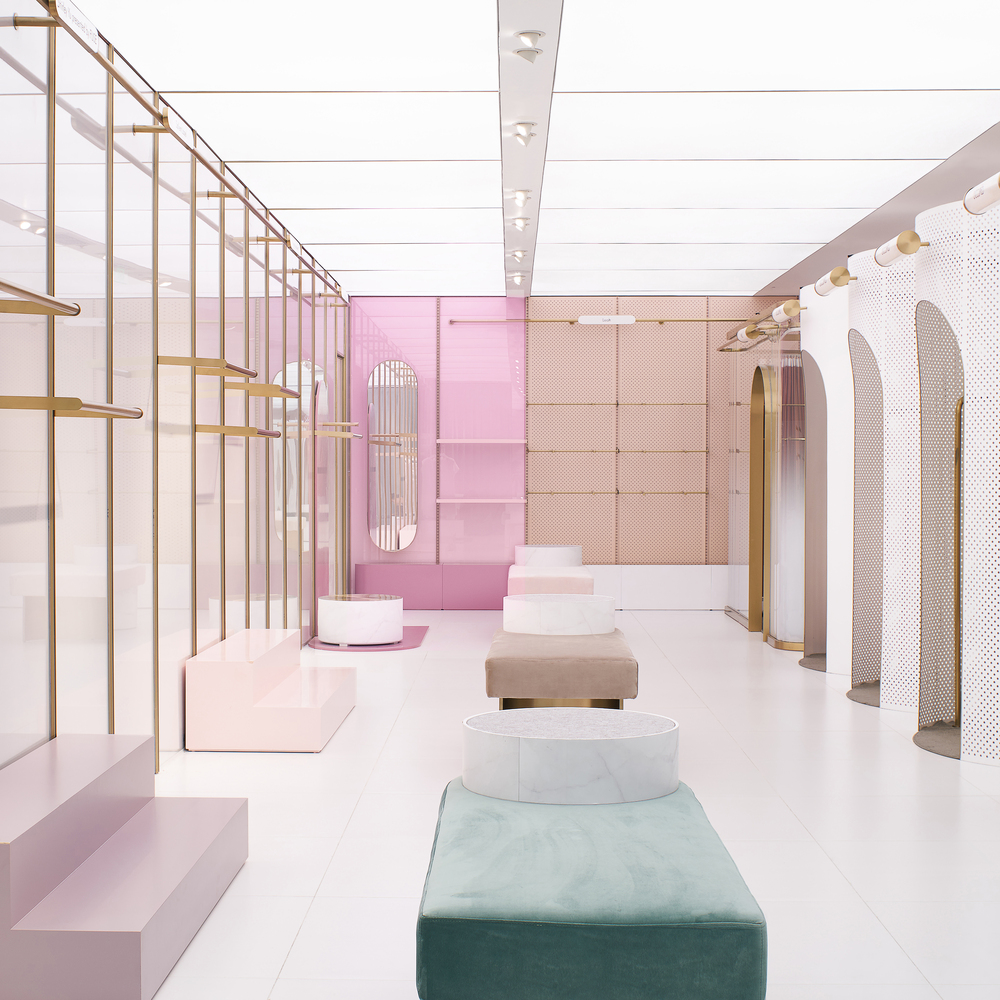
Retail dressing rooms can also be cramped, and achieving an acceptable 360° view confined to a two-by-two box can be difficult.
However, the main problem with most dressing rooms is harsh, glaring lighting that’s reminiscent of being in a dentist’s chair or a police interrogation room.
The effects of bad fitting room lights
What is it about dressing room lighting that’s so lacking?
Buzzfeed’s Kristin Chirico investigated fitting room lighting, visiting 20 stores to understand the good, bad and ugly of lighting.
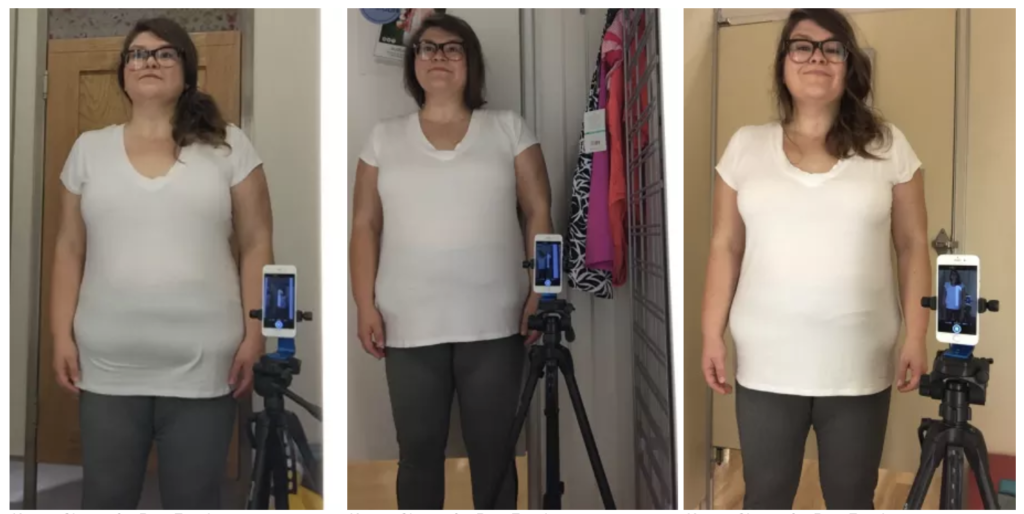
Seven dressing room lighting rules
Rule 1: Overhead lighting is ineffective
Many stores use a few surface-mounted or suspended ceiling fixtures to light the fitting room. However, ceiling lights create unflattering shadows on the face and the body, highlighting one’s worst flaws. Using a single overhead lighting point source magnifies unwanted shadows.
Rule 2: Fluorescent lighting is jarring and unflattering
Fluorescent dressing room lighting leads to flickering light on the face and poor color rendering, which can make the face look green.
Rule 3: Fluorescent overhead lighting is jarring, ineffective and unflattering
This combination leads to the most unsatisfying experience for customers, creating glare and insufficiently illuminating a person vertically.

Rule 4: Opt for lighting that’s true-to-color with improved color rendering and a hint of warmth
Ideal dressing room lighting color temperature (CCT) should be not too cool, not too warm. When selecting a static CCT for your fitting room light source, 3000-3500K is the ideal range. However, LEDs with tunable white options also enable consumers to select from a range of warmer to cooler color temperatures, in order to see how garments may look in different settings (IES RP-2-20, page 30).[2]
Avoid poor color rendering lighting. Please refer to our TM30 guide for an explanation of color-rendering theory and practice. Lights with improved color rendering “will bring vibrancy to colors, enhance textures, add sheen to hair, and help create modeling effects” (IES RP-2-20, page 30).[2] As discussed in our retail lighting guide, choosing a light source with a high (50+) R9 value (Red color from TM-30) renders the warmer colors in skin tones. Select, high-quality LED lighting products can offer a high R9 value while meeting commercial code requirements.
Rule 5: Linear LED fixtures mounted beside the mirror highlight the face
LED linear fixtures mounted at the sides of the dressing room mirror fill in any unflattering shadows and offer soft, even lighting for occupants.
Rule 6: Provide the right amount of light
Make sure you provide enough light in dressing rooms. Dressing room circulation should have at least 15 footcandles (fc) of illumination, interior rooms fitting rooms need 30-50 fc at task level (3 feet high), and 30-75 fc vertically on walls (IES RP-2-20, page 51).[2] Sufficient illumination makes dressing room spaces comfortable and easy to use.

Rule 7: Properly place downlights
The combination of downlighting with vertical wall-mounted lighting provides both general illumination as well as dressing-focused lighting. Place downlighting in front of a person’s face for illumination, or behind the person entirely, to avoid creating shadows. For recessed downlights, consider using an adjustable fixture oriented so the light bounces off of the mirror and onto the person’s face. Directing an adjustable downlight in this manner creates less shadows and glare while providing direct illumination.

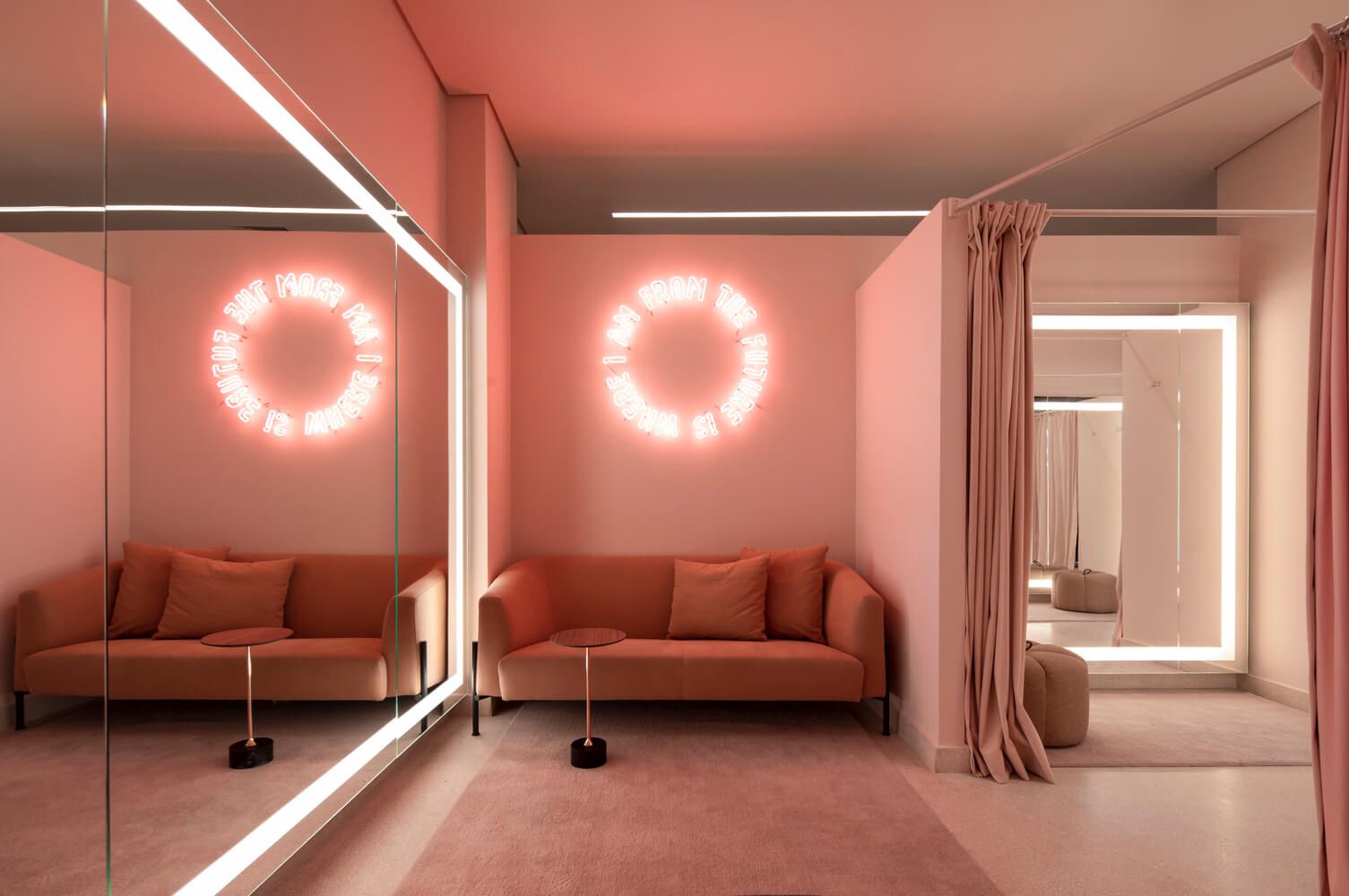
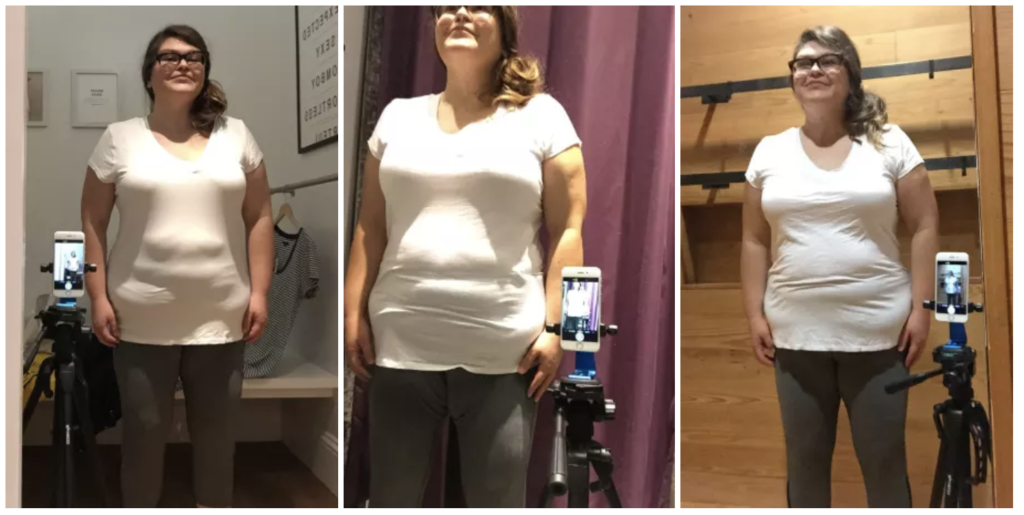
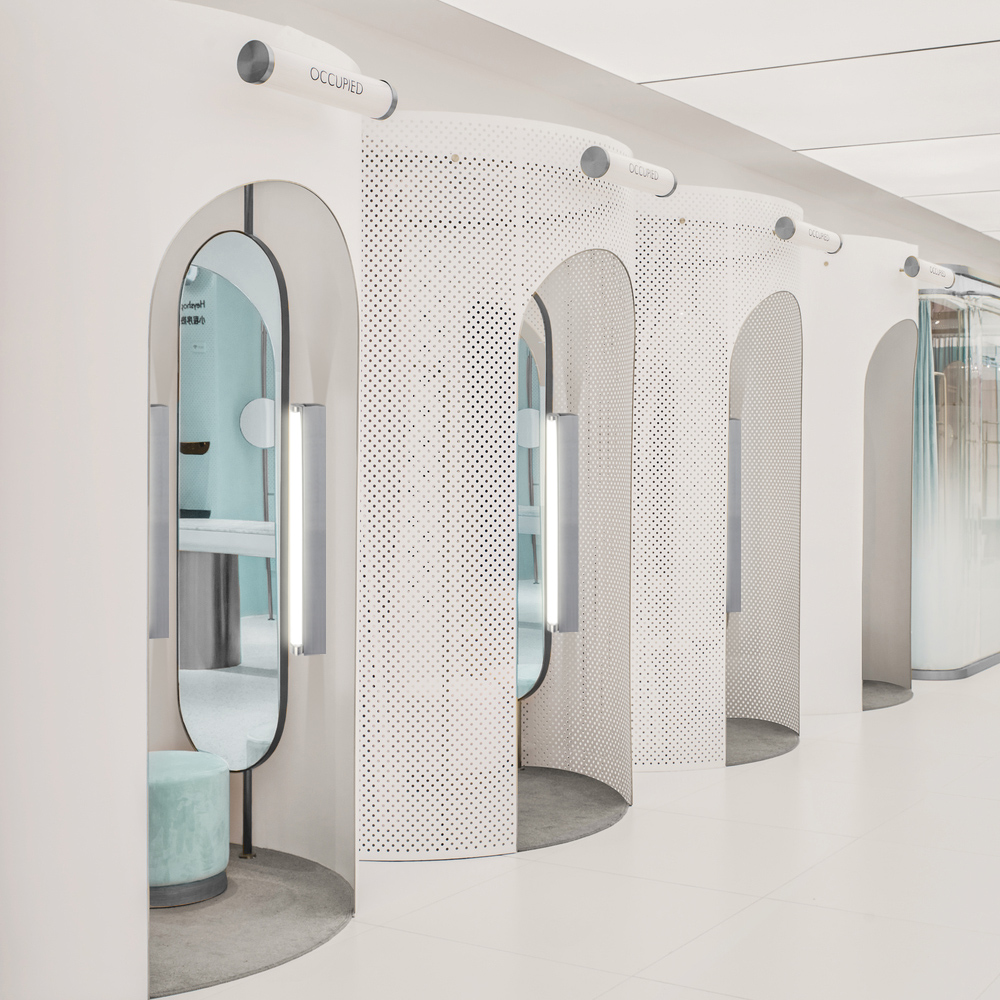
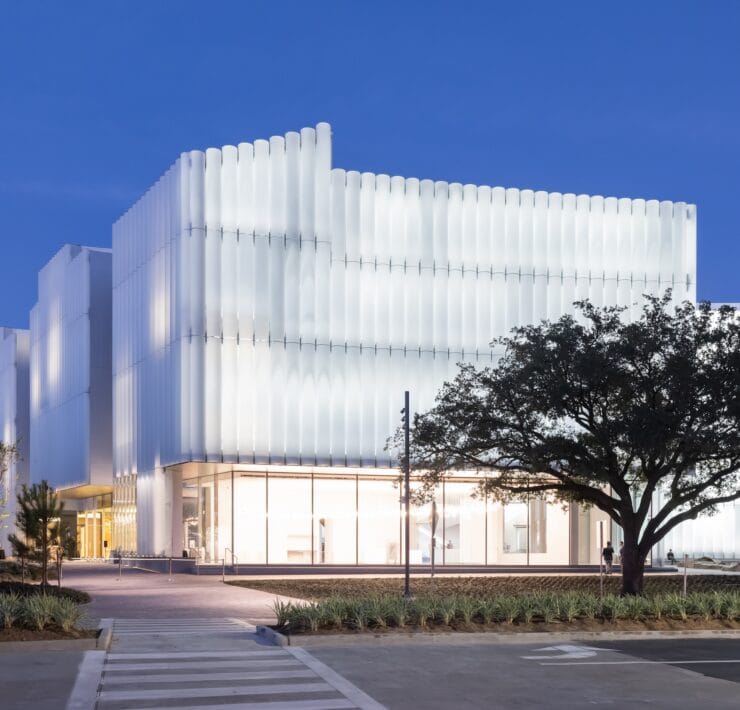
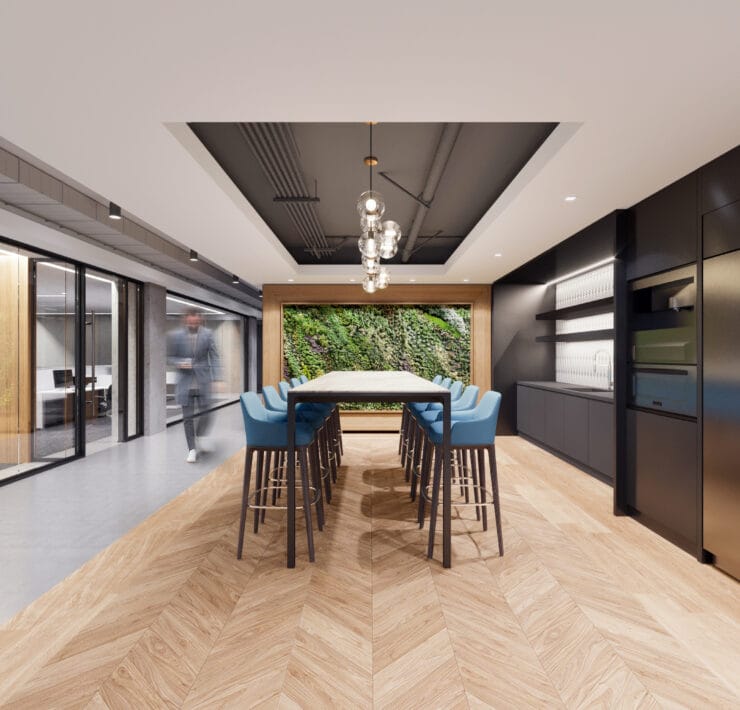

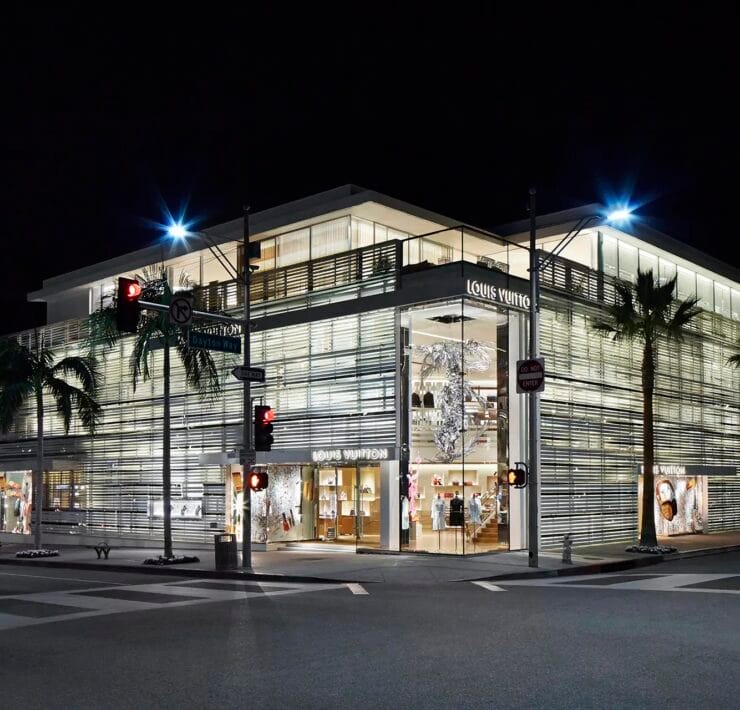
Do you have a recommendation on the wattage for each LED strip fixture in a fitting room?
Depends on the ceiling height and square feet of the fitting rooms Carli. You can contact our sales team for more info or you can refer to the lumen calculator on this page:
https://www.alconlighting.com/blog/residential-led-lighting/how-do-i-determine-how-many-led-lumens-i-need-for-a-space/